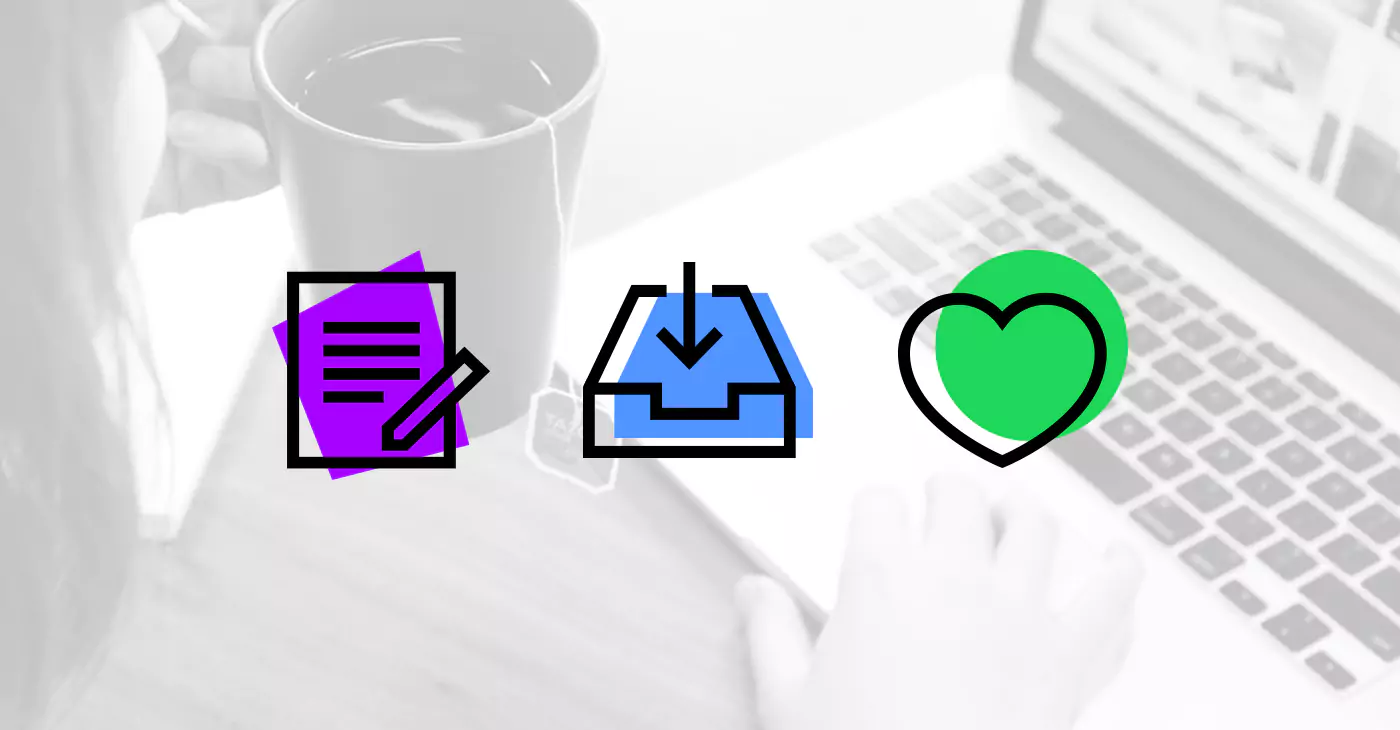
A brick and mortar store doesn’t consider their business a success if a passerby just window shops. Their tiers of success start with the moment someone comes into the shop, whether they make a purchase, and whether they come back again to become a loyal customer over time. This is exactly the mindset that you should have when you consider your online marketing game.
It’s not enough to just have a website and a social presence. Sure it’s great if someone engages with you through those, but unless they come in that surface level engagement is the equivalent of window shopping; it’s largely meaningless. The only equivalent of coming into your shop is having someone subscribe to your email list. That’s what matters, gets them ‘in’ your world and sets them up for repeat exposure, increases transactions by 66%, and fosters brand loyalty.
This is what’s called the onboarding campaign: the process of converting website visitors into subscribers. Just like you wouldn’t want someone standing outside your storefront trying to herd people in – the window display and set up should do it – the same way you want some sort of email automation in onboarding subscribers. The simplest way to do this is with pop-ups on your website. Those pop-ups can appear the minute someone visits the site or it can appear at various points of the web journey. The idea is they’re automated, doing the hard work for you in collecting subscribers and reminding visitors there’s another avenue for sales, tips, and other inside exclusives.
A great onboarding campaign doesn’t have to be very complex. It can be simple as triggering people to take the next step. Like in this example from Google where it is a thank you and an invite to “Dive in” and “Explore”, which are exactly the Best Next Steps.
The automation behind this isn’t very complex either. My favorite answer to why use prebuilt email automation campaigns is that it saves time and you already have a template to start and work from.
A great example of a company that gets onboarding in a unique industry that merges product with service, is Evernote. Evernote, the note-taking gurus, knows onboarding is about getting people engaged quickly. Last week, for example, we talked about some of the great initial onboarding email campaigns you can send out. How you approach that first email can vary. For example, we know that 70% of subscribers open emails in search of deals and discounts.
Evernote knows that their customers are all about efficiency and organizational structures. To tap into that interest, Evernote created an onboarding drip campaign that sends out automated emails every few days. The campaigns are sequentially numbered so users catching email number 3 will realize they probably missed out on email number 1 and 2, which increases open rates. The purpose of Evernote’s onboarding automation is to get users to use the product.
Evernote isn’t just content with users buying Evernote. Their campaigns are focused on users now engaging with Evernote and relying on the product. After all, will that subscription get renewed if it hasn’t become an integral part of the individual’s lifestyle? Probably not — and Evernote gets this, hence their aggressive onboarding campaign to get you engaged.
Getting Your Readers to Be Part of Your Onboarding Automation Cycle
We can – and should – always look for a way to push the goal post a little bit further. Now that we’ve got onboarding automation sorted out, the next thing to consider is how to extend that life cycle.
The last thing you want to think about when designing your onboarding email is to give people a really clear “share” button for them to share that campaign on social. This little hack gets your readers to be part of the natural automation process for onboarding. Studies show that 55% of consumers share their purchases on social media – a move that is especially popular on Amazon. Add to this we also know that word-of-mouth marketing, which is essentially what a social share is, improves the impact of marketing by 54%.
There’s no reason why your email campaigns can’t be considered a product even if there is no financial transaction taking place. So even if all you’re sharing is content, it’s still a product of your brand and something that can be encouraged to share.





